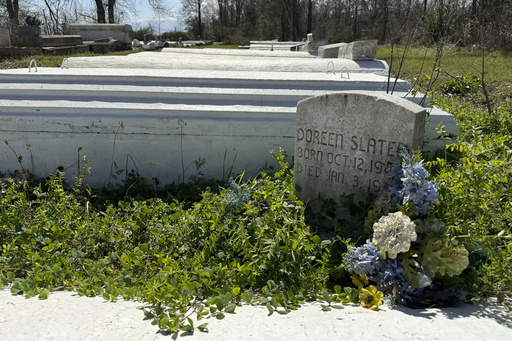In the heart of Louisiana along the Mississippi River lies a stretch of land known for its centuries-old sugar cane plantations and rich Afro-Creole culture. This area, also referred to as the Great River Road, was recently under consideration for rare federal protection as a National Historic Landmark. However, the National Park Service has withdrawn its potential designation, a decision applauded by state officials who view it as an opportunity for economic development. Yet, this move has sparked disappointment among community organizations striving to protect and keep alive the cultural legacies born from historic African American communities.
Situated within Louisiana’s highly industrialized Chemical Corridor in St. John the Baptist Parish, the region is a battleground between grassroots efforts to curb the expansion of industrial facilities and the economic ambitions of state officials and business leaders. According to the Environmental Defense Fund’s climate vulnerability index, this area remains one of the most susceptible to climate injustice across the nation.
Ashley Rogers, from the Whitney Plantation nearby, accuses the withdrawal of the area’s nomination as a result of the political priorities of the Trump administration, describing it as another assault on cultural heritage. She argues that the decision was politically motivated, not because the area’s significance has diminished.
Despite a National Park Service study completed in October that praised the area’s “exceptional integrity” for its authentic portrayal of the plantation system in the American South, the landmark nomination was halted. The study recognized the area’s preservation, noting that Quentin Tarantino used it as a filming location for “Django Unchained.” It also acknowledged the history of enslaved individuals whose burial sites remain amidst the cane fields, with many of their descendants living nearby.
The region’s eligibility for a federal landmark, similar to notable sites like Mount Vernon and Monticello, was challenged due to what National Park Service’s Joy Beasley described as being both “premature and untimely.” The halting of a proposed grain terminal, seen as a potential threat to historic properties, brought about this stance.
Aurelia S. Giacometto, head of Louisiana’s Department of Environmental Quality, welcomed the decision, emphasizing the empowerment it would offer state governance over federal oversight in balancing environmental management with industrial growth. Furthermore, local development proponents, like Port of South Louisiana CEO Paul Matthew, argue that the region’s development can coexist with its cultural values, offering economic opportunities.
Governor Jeff Landry also speaks to the potential for job creation to elevate the market livelihoods of local residents. Yet, community groups and local historians suggest an alternative pathway: revitalizing the local heritage as the foundation for economic improvement without resorting to industrial expansion.
The region’s underinvestment is evident through dilapidated homes and shuttered buildings, notes Joy Banner, co-founder of The Descendants Project, which focuses on historical restoration. Banner’s activism highlighted by halting a $600 million grain terminal proposal, underscores opportunities that historic preservation may present for future developments.
In the Willow Grove neighborhood, 76-year-old Isabella Poche continues to manage the upkeep of community tombs, an enduring tradition sustained through mutual aid societies. The serene presence of her family’s resting place set against a backdrop of enduring plantation structures represents the cultural essence she hopes will be protected.
Reflecting her commitment to her roots, Poche expresses a desire to remain in the only place she has ever called home. Her sentiment encapsulates a broader hope for preserving the unique cultural and historical tapestry of the Great River Road.




